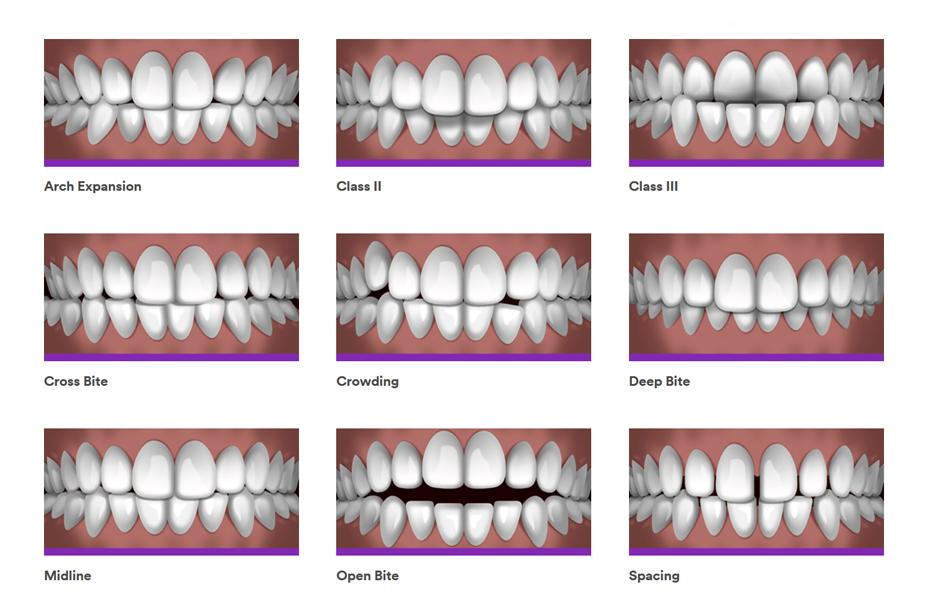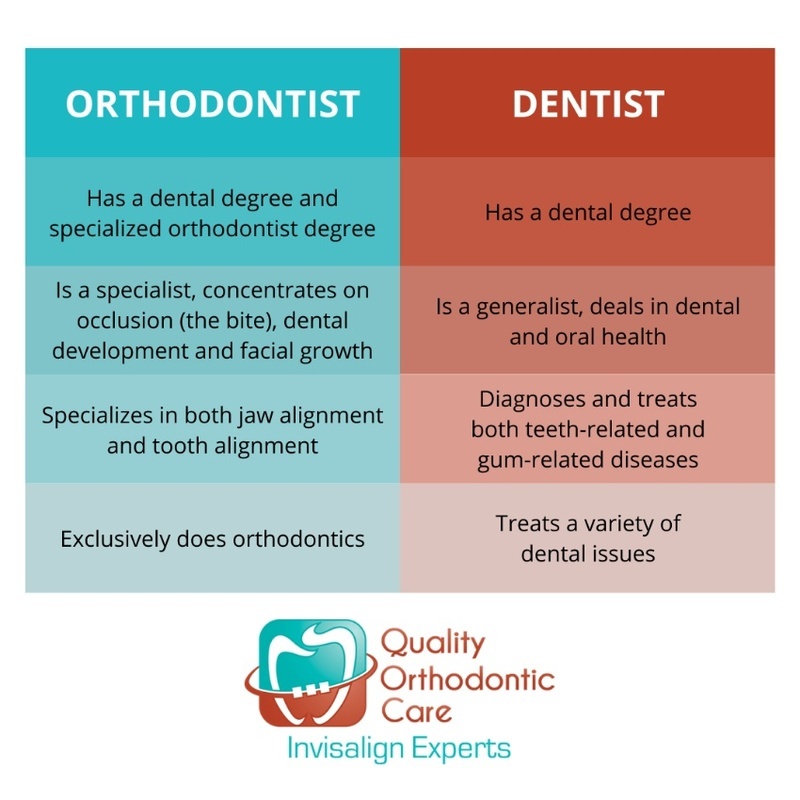Things about Causey Orthodontics
Table of ContentsThe Ultimate Guide To Causey OrthodonticsIndicators on Causey Orthodontics You Need To KnowThe Causey Orthodontics IdeasTop Guidelines Of Causey OrthodonticsCausey Orthodontics Can Be Fun For Everyone
Overlooking occlusal connections, it was typical to remove teeth for a selection of dental issues, such as malalignment or congestion. The idea of an intact dentition was not extensively appreciated in those days, making bite correlations appear unimportant. In the late 1800s, the concept of occlusion was essential for creating reputable prosthetic replacement teeth.As these concepts of prosthetic occlusion advanced, it came to be an invaluable tool for dental care. It was in 1890 that the job and effect of Dr. Edwards H. Angle started to be felt, with his payment to modern orthodontics especially noteworthy. Focused on prosthodontics, he showed in Pennsylvania and Minnesota before guiding his focus towards oral occlusion and the therapies needed to keep it as a normal problem, thus coming to be known as the "daddy of modern orthodontics".

The concept of optimal occlusion, as proposed by Angle and included into a category system, allowed a shift in the direction of dealing with malocclusion, which is any kind of variance from typical occlusion. Having a full collection of teeth on both arches was highly demanded in orthodontic treatment due to the demand for precise connections between them.
Get This Report about Causey Orthodontics
As occlusion became the key priority, facial percentages and aesthetic appeals were ignored - family orthodontics. To accomplish optimal occlusals without using external pressures, Angle proposed that having excellent occlusion was the best way to gain optimal facial looks. With the passing away of time, it came to be fairly evident that also an outstanding occlusion was not ideal when thought about from a visual point of sight
Charles Tweed in America and Raymond Begg in Australia (that both researched under Angle) re-introduced dental care removal into orthodontics during the 1940s and 1950s so they might improve face esthetics while additionally guaranteeing better stability concerning occlusal connections. In the postwar period, cephalometric radiography started to be used by orthodontists for measuring changes in tooth and jaw position caused by development and therapy. It ended up being obvious that orthodontic therapy could adjust mandibular growth, leading to the development of useful jaw orthopedics in Europe and extraoral pressure procedures in the United States. These days, both functional appliances and extraoral devices are used around the world with the purpose of modifying development patterns and kinds. As a result, going after true, or at the very least boosted, jaw connections had become the major goal of treatment by the mid-20th century.
Excitement About Causey Orthodontics
 The American Journal of Orthodontics was created for this objective in 1915; before it, there were no scientific purposes to comply with, neither any specific classification system and brackets that lacked attributes. Up until the mid-1970s, dental braces were made by covering steel around each tooth. With improvements in adhesives, it became feasible to instead bond metal braces to the teeth.
The American Journal of Orthodontics was created for this objective in 1915; before it, there were no scientific purposes to comply with, neither any specific classification system and brackets that lacked attributes. Up until the mid-1970s, dental braces were made by covering steel around each tooth. With improvements in adhesives, it became feasible to instead bond metal braces to the teeth.Andrews offered an informative definition of the excellent occlusion in permanent teeth. This has actually had significant effects on orthodontic treatments that are administered frequently, and these are: 1. Right interarchal partnerships 2. Proper crown angulation (tip) 3. Appropriate crown inclination (torque) 4. No rotations 5. Limited get in touch with factors 6. Apartment Curve of Spee (0.02.5 mm), and based on these principles, he discovered a treatment system called the straight-wire appliance system, or the pre-adjusted edgewise system.
The advantage of the style hinges on its bracket and archwire combination, which requires just marginal cord flexing from the orthodontist or clinician (orthodontist services). It's appropriately named after this attribute: the angle of the port and thickness of the bracket base ultimately establish where each tooth is positioned with little requirement for additional manipulation
Excitement About Causey Orthodontics
Both of these systems utilized identical braces for every tooth and necessitated the flexing of an archwire in 3 airplanes for locating teeth in their wanted positions, with these bends determining utmost placements. When it pertains to orthodontic appliances, they are separated into two kinds: removable and taken care of. Removable devices can be handled and off by the client as required.

Thus, almost all modern-day set home appliances can be thought about variations on this edgewise device system. Early 20th-century orthodontist Edward Angle made a significant contribution to the globe of dentistry. He created 4 unique appliance systems that have actually been utilized as the basis for many orthodontic therapies today, disallowing a couple of exceptions.
Excitement About Causey Orthodontics

The wire finished in a thread, and to relocate it onward, an adjustable nut was used, which enabled a rise in area. By ligation, each specific tooth was affixed to this expansive archwire (orthodontist near me). Due to its minimal array of movement, Angle was not able to achieve accurate tooth placing with an E-arch
These tubes held a firm pin, which might be repositioned at each appointment in order to relocate them in area. Referred to as the "bone-growing device", this gizmo was thought to motivate much healthier bone growth due to its capacity for transferring force straight to the roots. Nevertheless, applying it proved troublesome in truth.